One historical form of design that has captured many imaginations is the medieval style — think The Tudors or Game of Thrones. The medieval era spanned almost a millennium. But one can easily recognize its design characteristics and tell it apart from those that came after and before it. Let’s not forget it was the period that graced us with stone castles, stained glass windows, and even stone fireplaces.
It’s worth mentioning that medieval architecture and interior design are not a style in themselves. The term actually refers to the architectural and design styles that were prevalent in the medieval era. And while numerous centuries have passed ever since, many of the medieval features are still applicable in modern homes.
Origins and Styles of Medieval Architecture and Design
Also known as the Middle Ages, the medieval era spanned from approximately 500 to 1400 AD. The architectural styles from this age drew much of their influence from religious themes and cathedrals. Gothic architecture and interior design are prime examples of medieval decor. Also exemplifying the regal influences of the medieval style are the royal castles and mansions of the period. While elements of Tudor structures appeared towards the end of the Middle Ages, the main architectural styles that originated from the medieval era are Romanesque and Gothic.
Romanesque Architecture
Romanesque architecture prevailed in medieval Europe from around 1070 to 1200 AD. Also referred to as Anglo-Norman, the style is characterized by barrel vaults, cruciform piers, and semicircular arches. Occasionally, Romanesque architects made use of pointed arches instead of the more common semicircular ones.
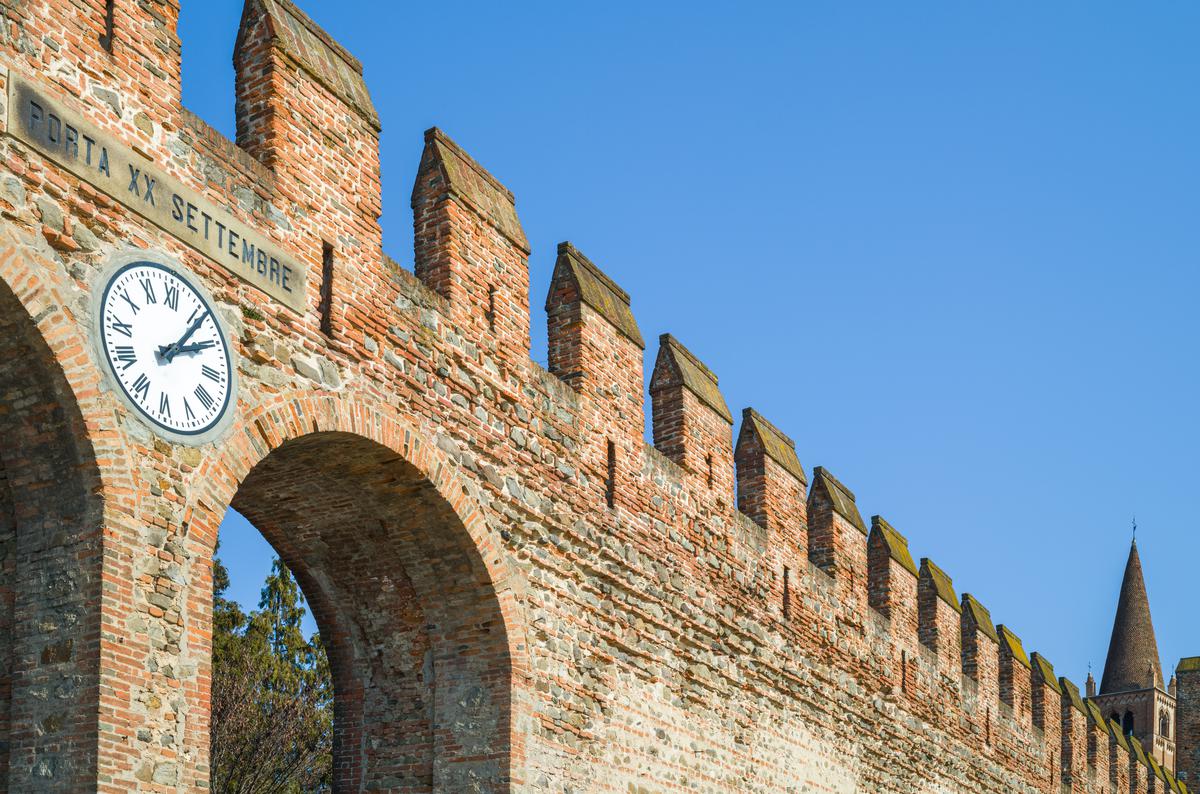

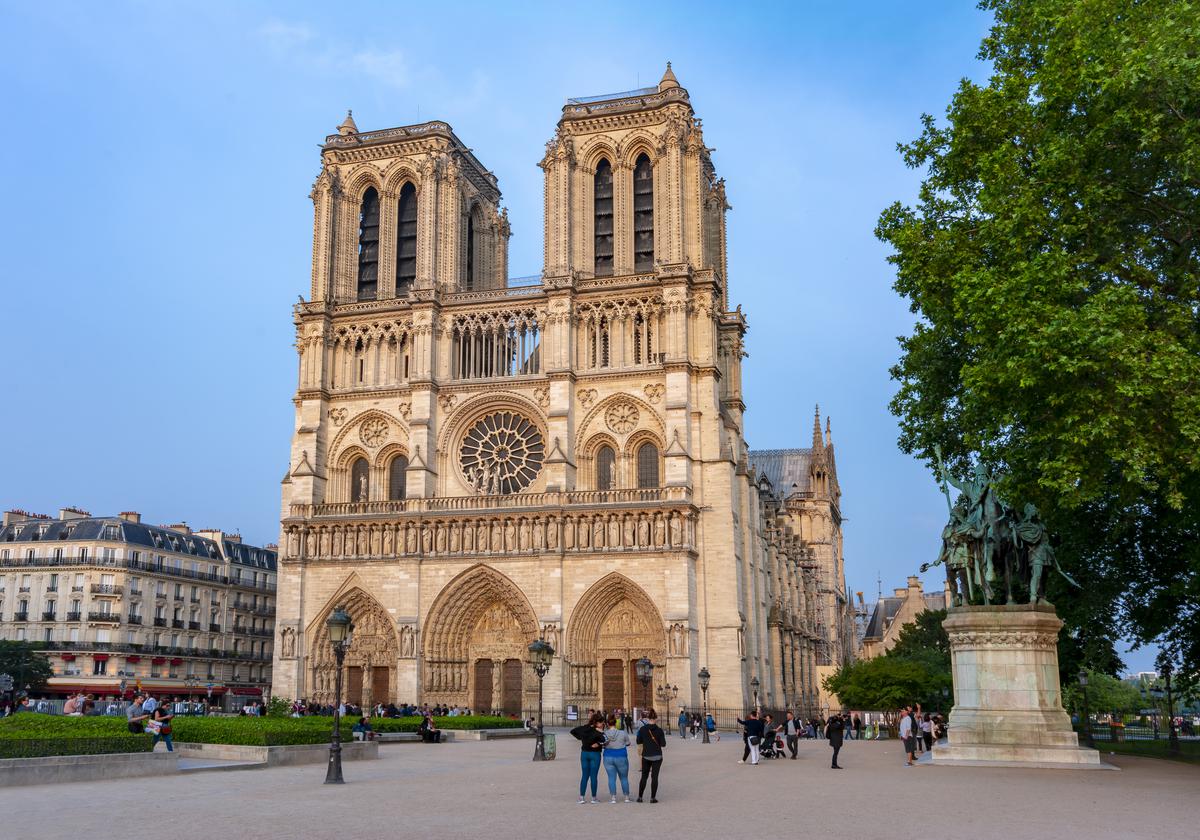
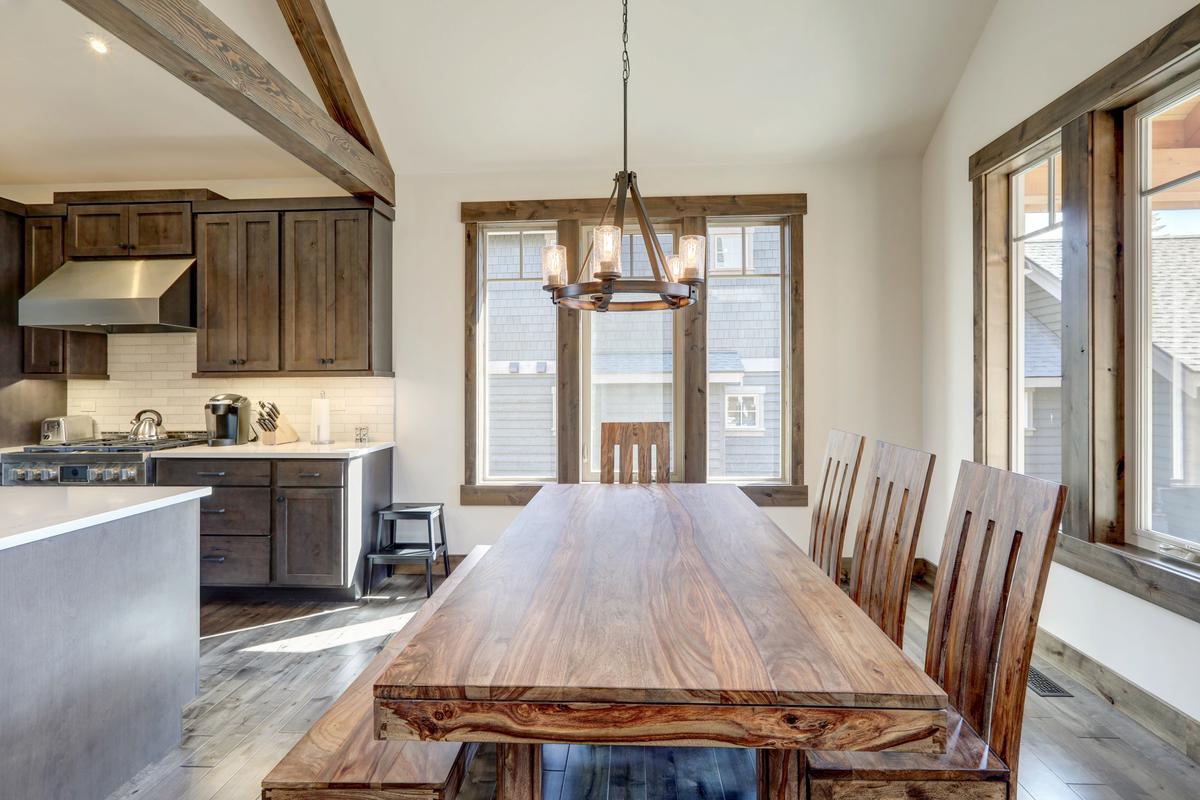
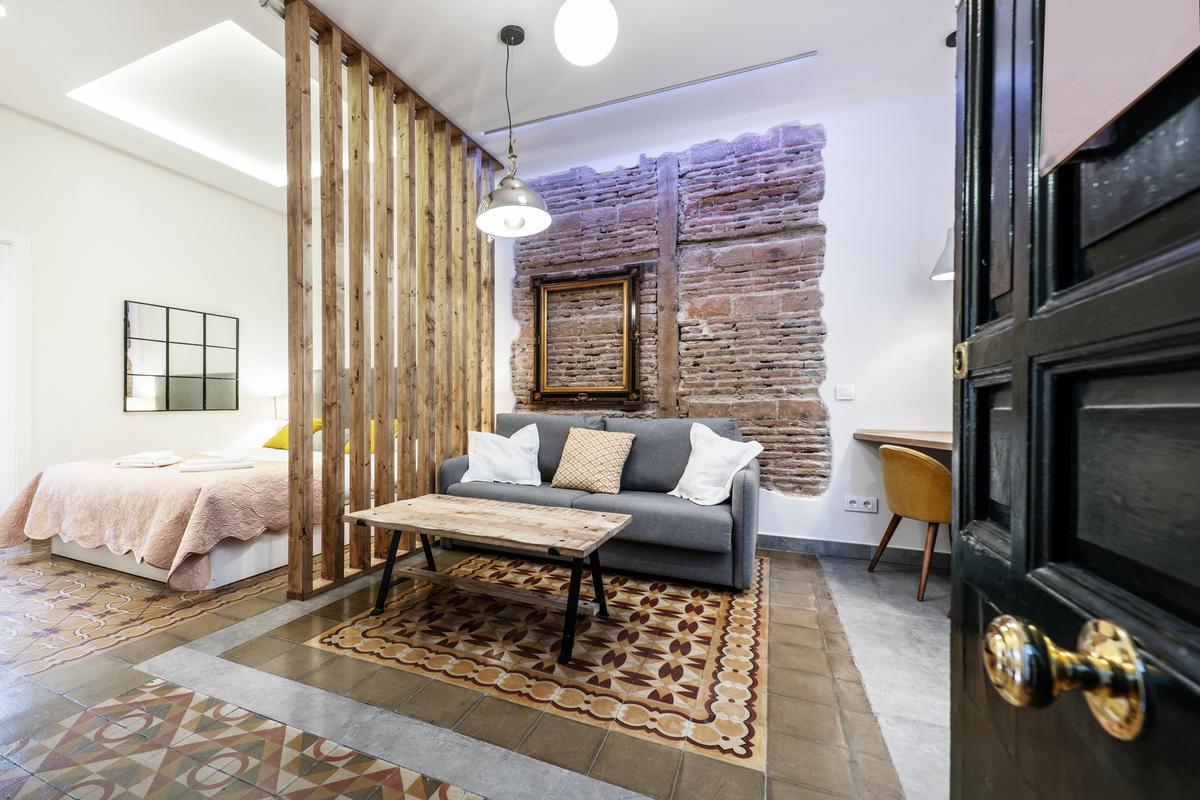
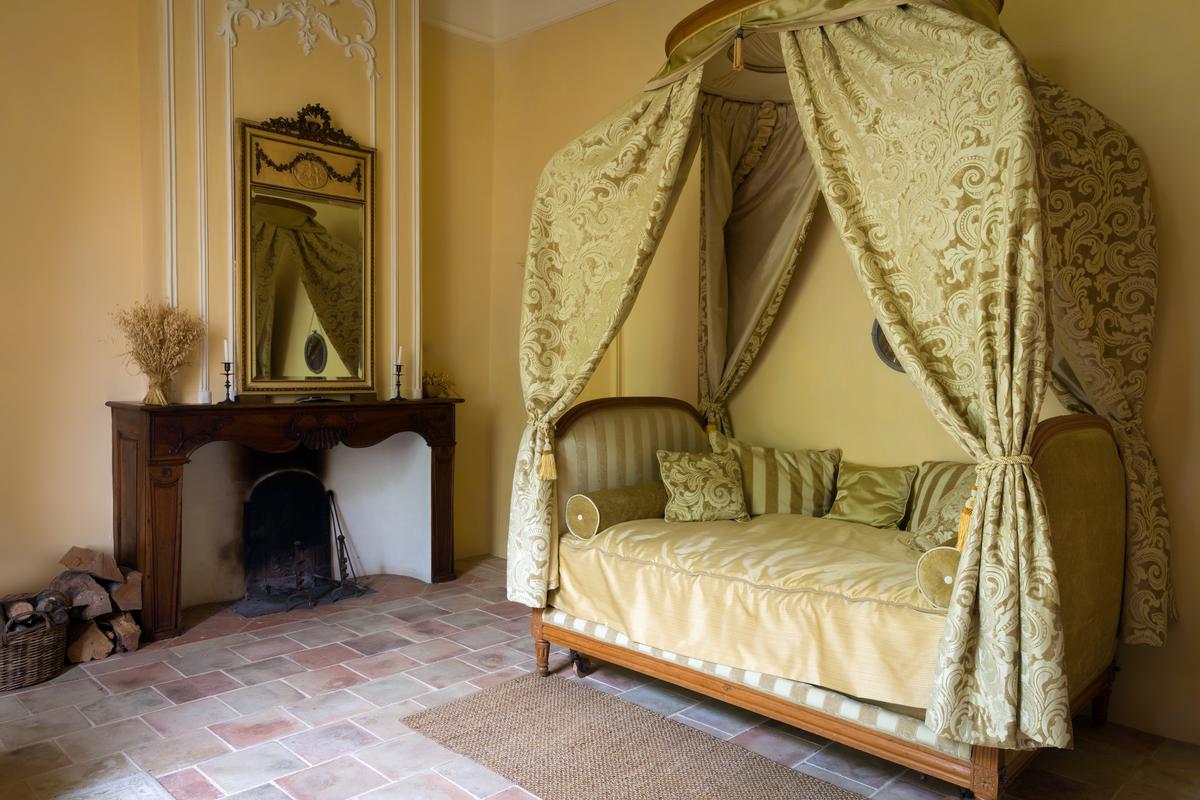
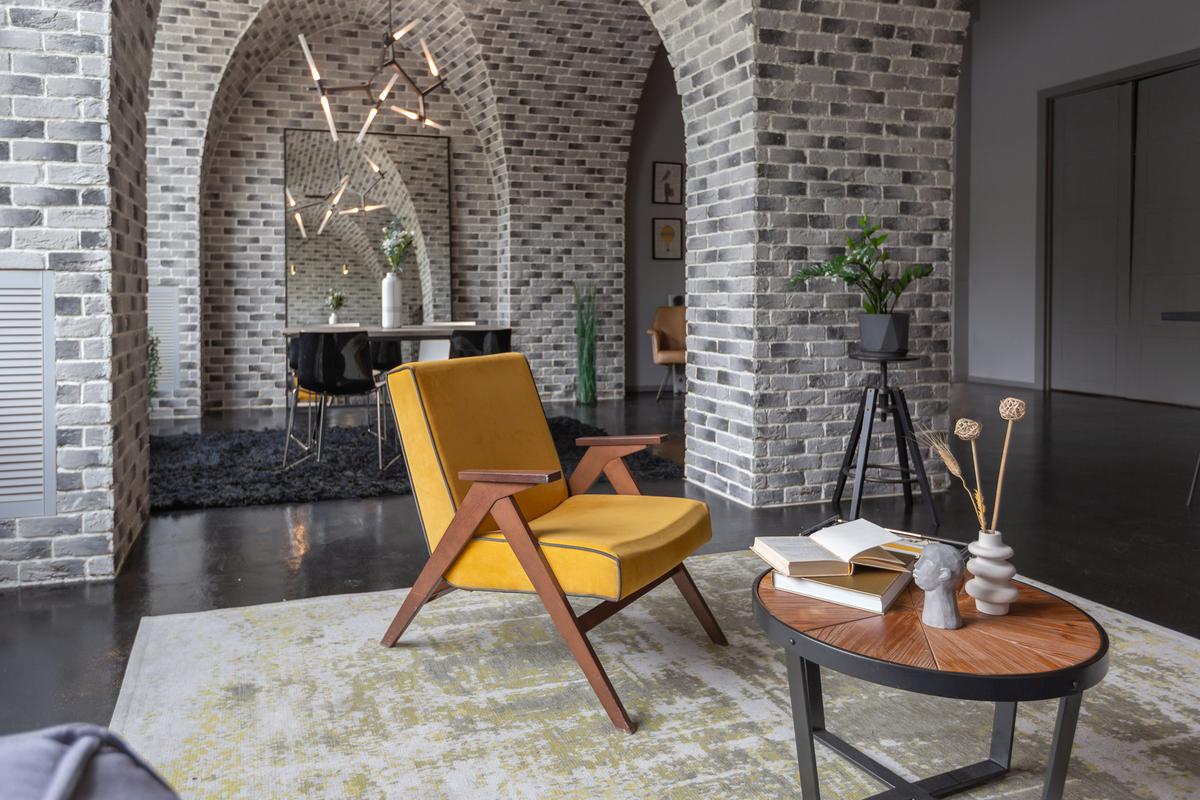

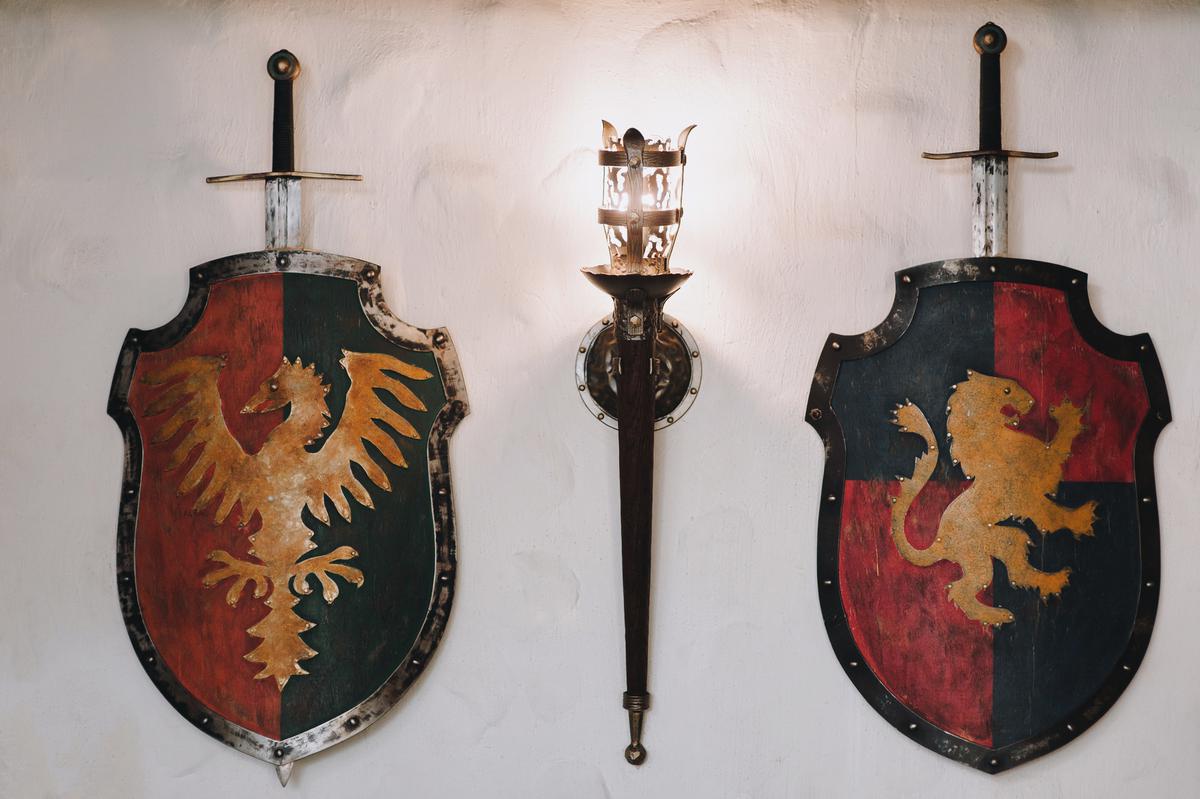
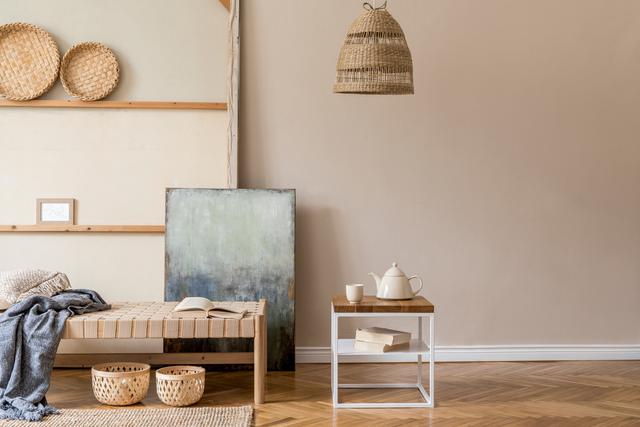
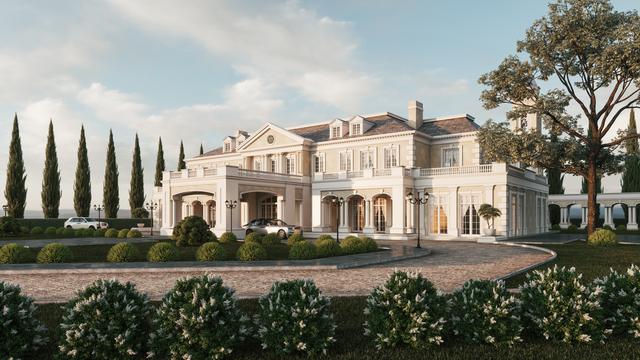
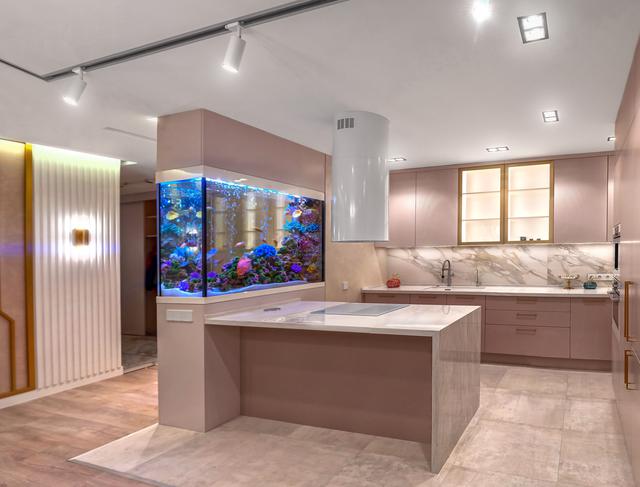
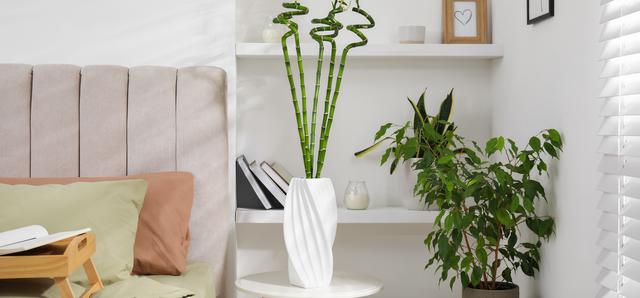
comments